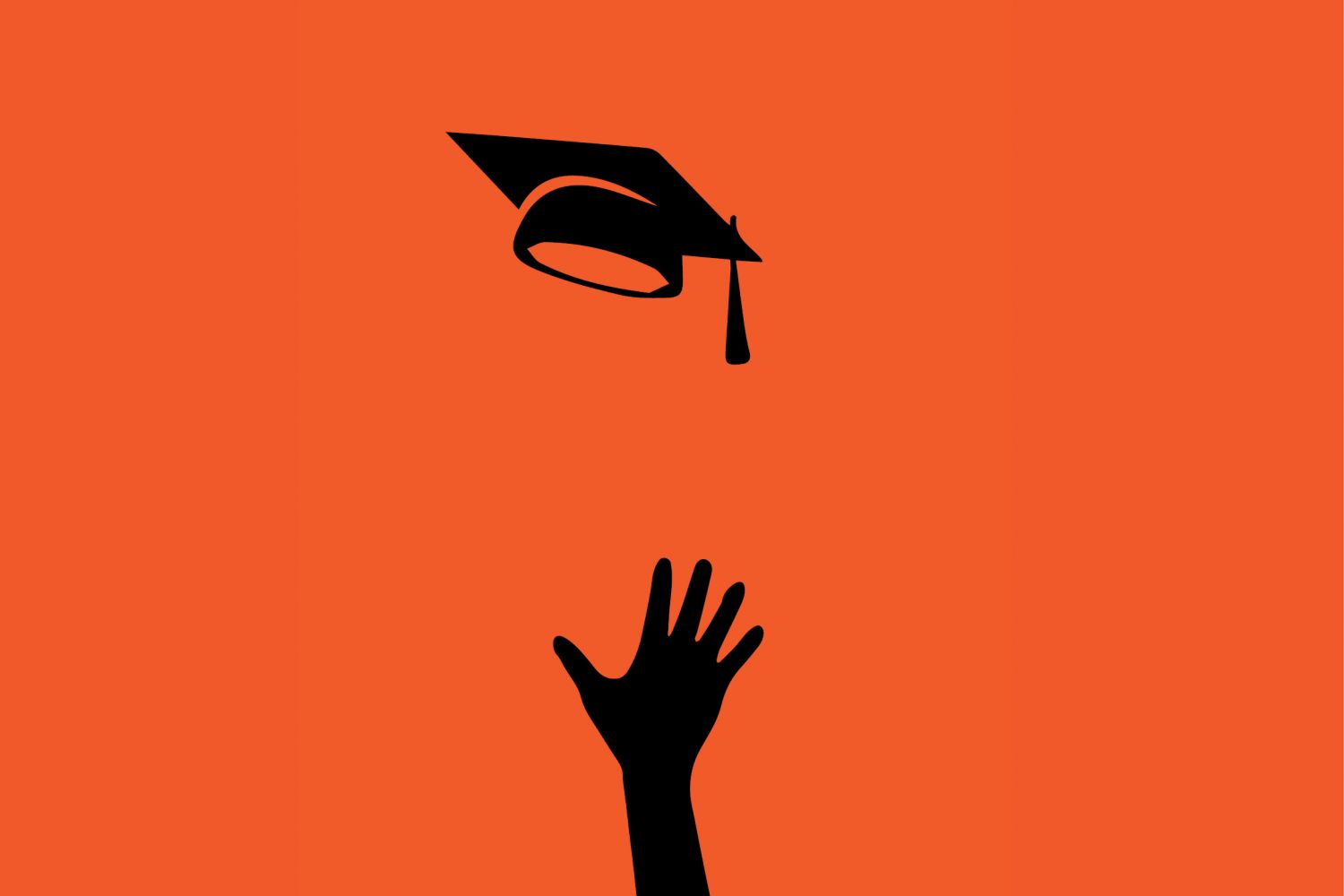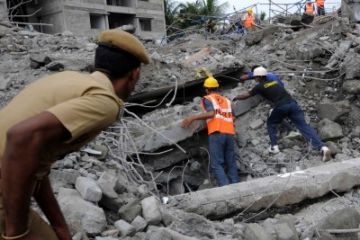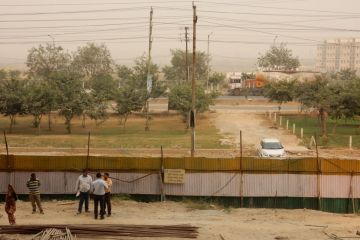
In September 27, 2019
Eknath Gopal was standing in the queue at the admission office. Two places
ahead of him stood a girl. The staff at the counter shouted at her: ‘Tumchya
baapacha college nahiye. Kuthun pann yaayala. Fokatcha...Wait (You come
here to study for free. This college doesn’t belong to your father. You have to
wait!).’
Eknath immediately
knew she was a reserved category student; he confirmed it later. “I had heard
this language before, multiple times. As a person





